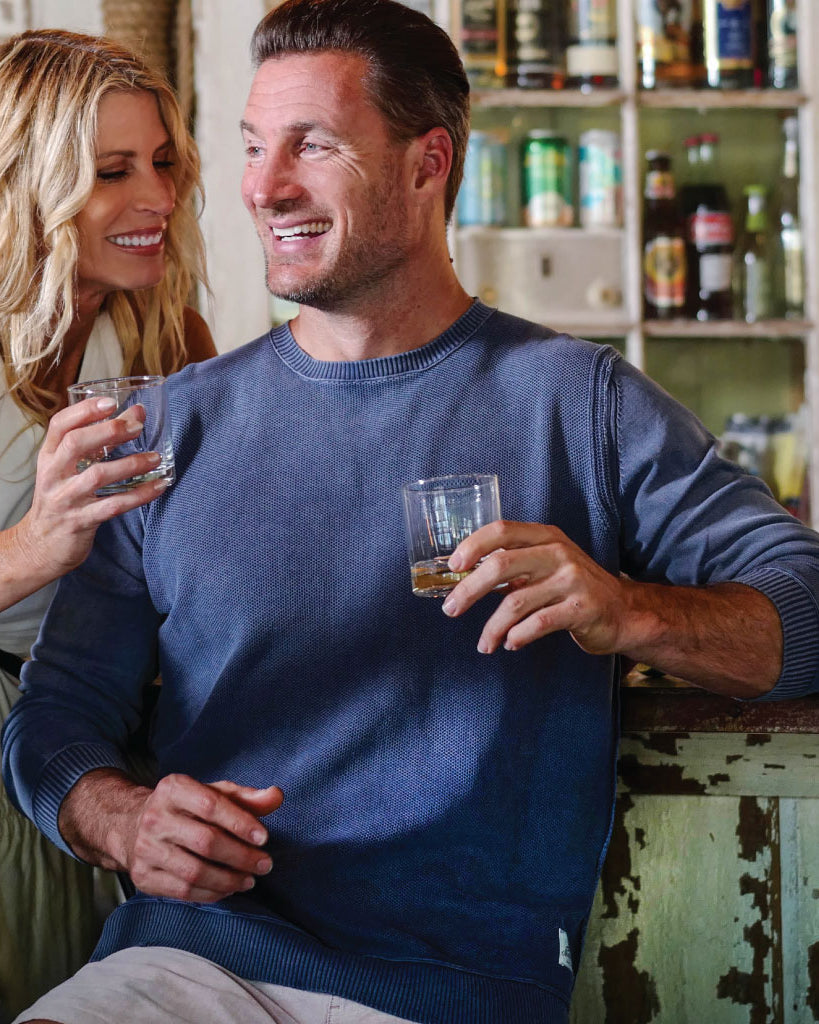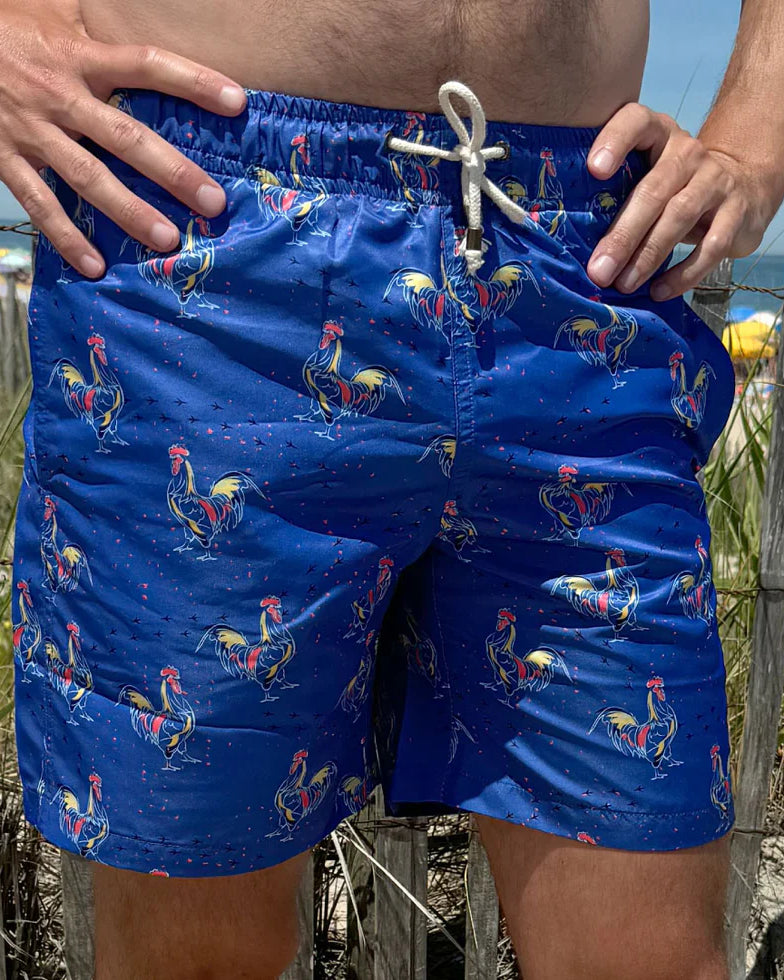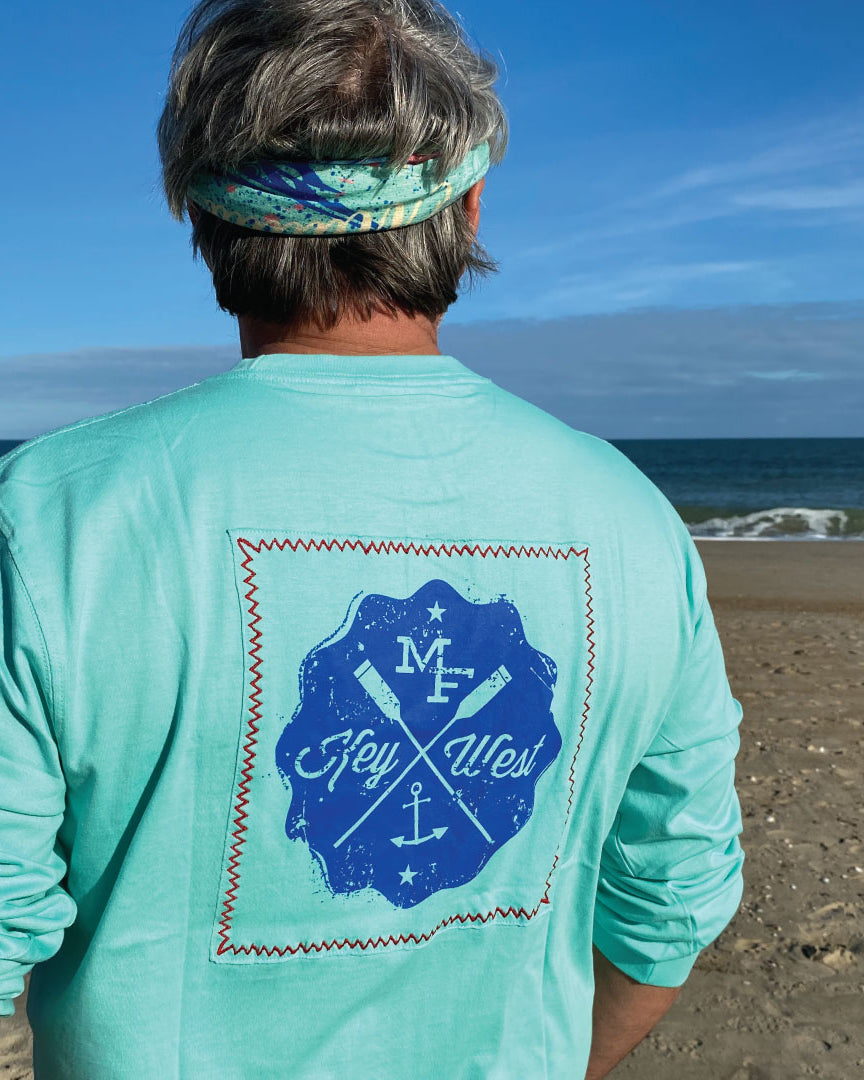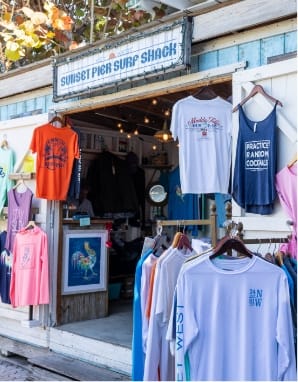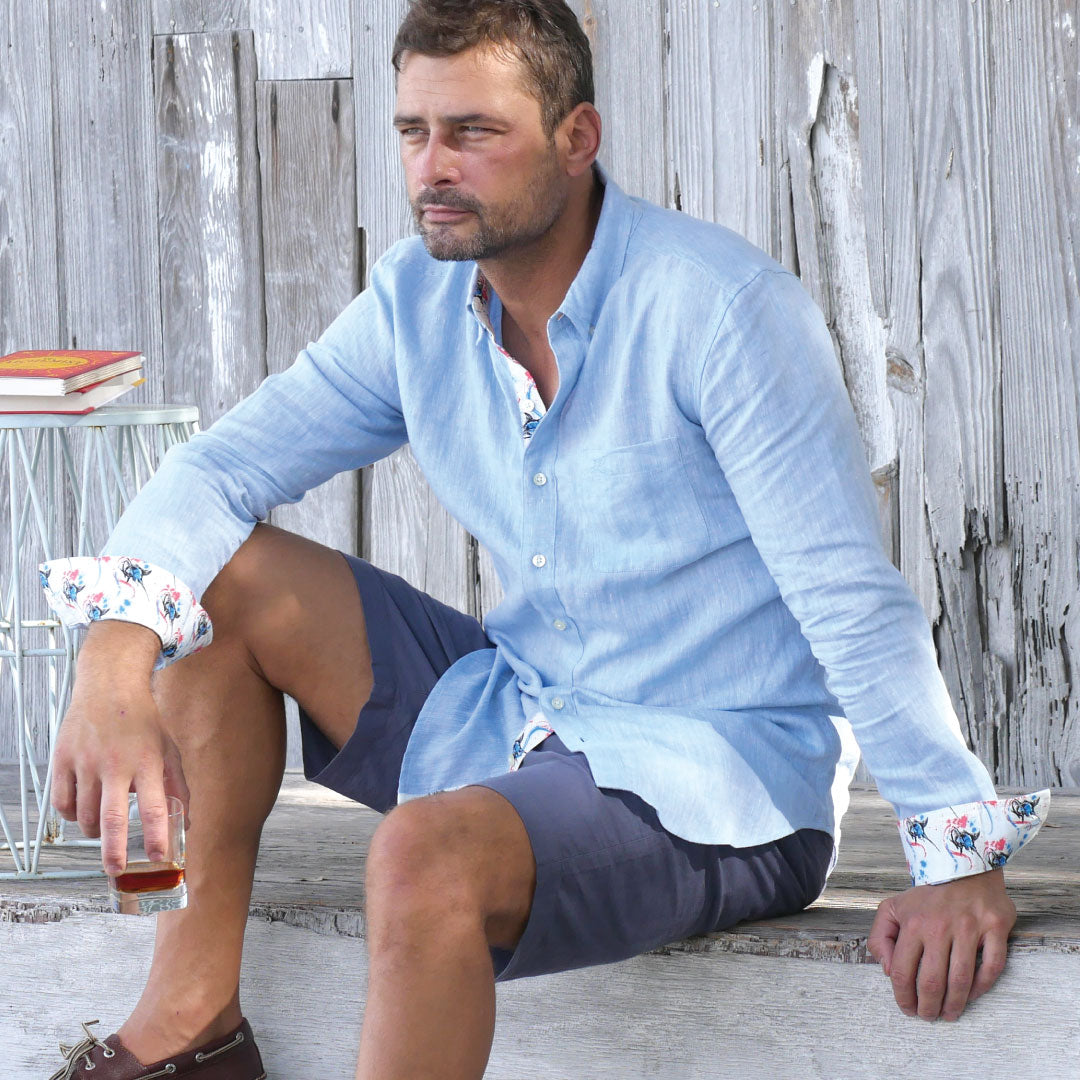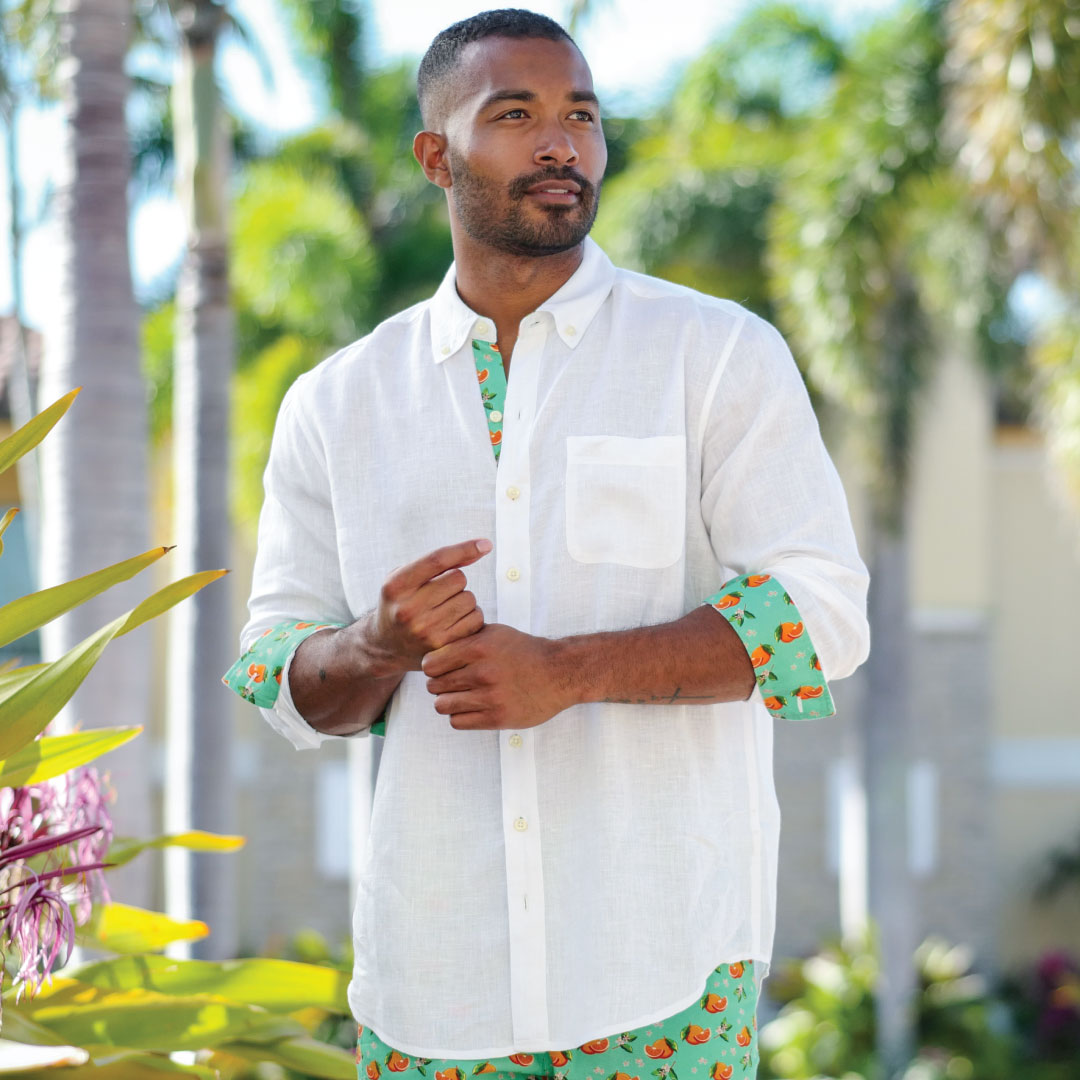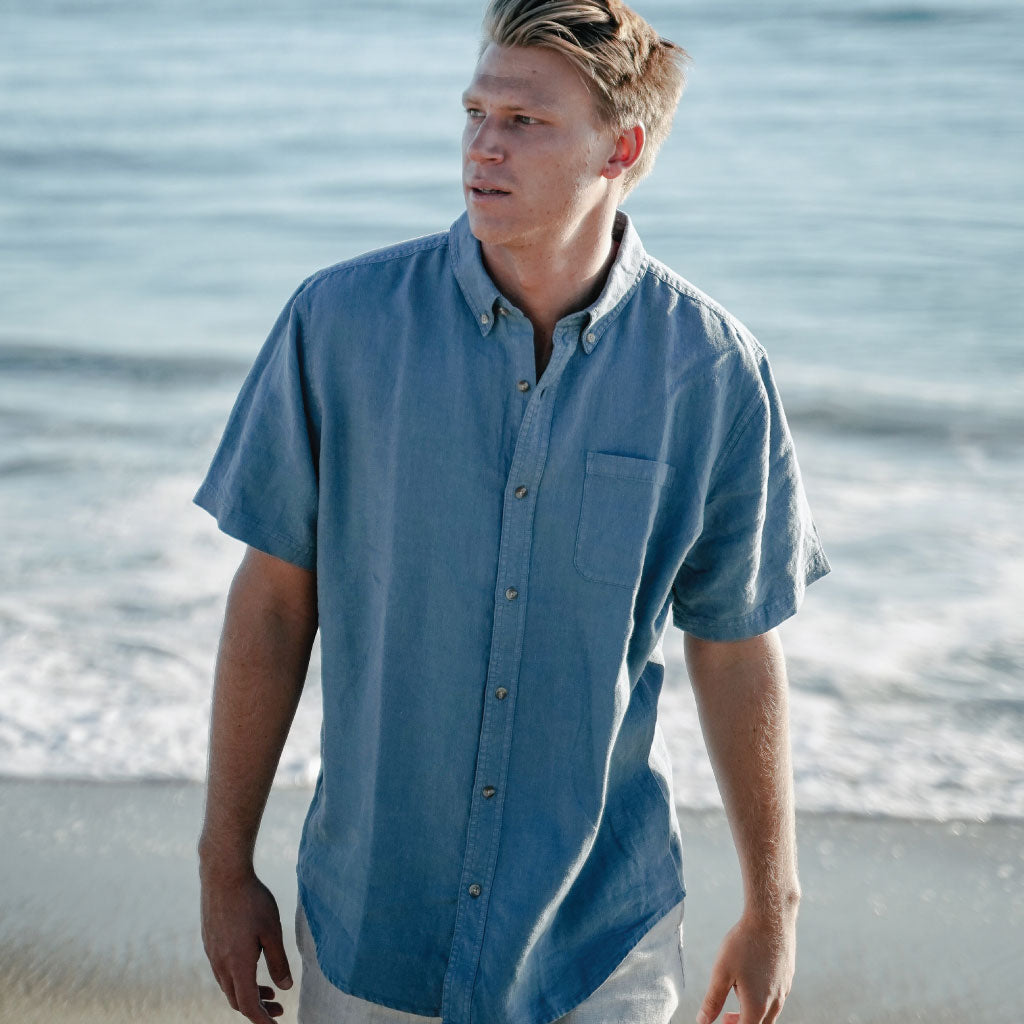
Today, when we buy a bottle of liquor, we know what the alcohol content is by checking the proof on the bottle. Easy enough, there is no doubt about what we are getting. But if you lived back in the 16th through the 19th century, you could not know exactly what you were getting. In essence, it was a crap shoot.
Like a lot of things, determining the alcohol content started with, what else, taxes!
In the 16th century, the British government began to tax all spirits at different levels depending on their alcohol content. The crude method of testing was done with a ‘burn or no burn’ test for tax purposes. If the spirit burned, they figured it was higher in alcohol and taxed it at a higher rate. If it did not burn, it was naturally taxed at a lower rate.
Fast-forward to the 17th century, specifically 1655, when the British Royal Navy captured Jamaica from the Spanish. Much of the fighting was done on the sea with cannon fire, which required the use of gunpowder. To prepare for these battles, the hold of the Royal Navy ships was mostly filled with gunpowder.

The next largest occupant in the ship’s hold was the crew’s daily liquor ration. Initially, beer rations were given to the crew, with each crewman getting a gallon of beer per day. But the British saw that on Jamaica and other Caribbean islands people were making a form of rum from sugar cane and molasses.
They also took note that while beer would go flat and stale on these long voyages, the Royal Navy found that the rum would remain fresh during their long voyages at sea. Seizing on this concept, the Royal Navy began to distill its own rum from the sugar cane on the islands. Soon, rum replaced beer and became the choice for the crew’s daily liquor ration.

So how does ‘proof’ tie into gunpowder?
Wet gunpowder from water or beer will not ignite. But rum, if made to a high enough alcohol content, would still ignite the gunpowder.
The crew, before heading on these arduous ventures, wanted to be sure they were not getting ripped off by getting watered-down rum with low alcohol content. They wanted ‘proof’ that the alcohol in the rum was of a certain quality.
The crew and the Purser came up with their own quick and easy test to satisfy everyone that the alcohol content of the rum was acceptable. They made their own version of the old ‘burn or no burn’ test.

The ship’s Purser would mix a small amount of rum with gunpowder to see if the gunpowder would ignite and burn. If the mixture burned, this was ‘proof’ to the crew that the rum had a satisfactory alcohol content. If the mixture would not light, then the alcohol content was too low. (And maybe this is when crews first thought of mutinies.)
This verification provided the ‘proof’ the crew needed that they were getting a good, potent daily ration. This method became known as ‘100 English Proof’.
Later, in the 19th century with the invention of the alcoholmeter, it was determined that the ‘proof’ of this rum, was actually higher than 100 proof. One hundred ‘gunpowder determined proof’ was 54.5% ABV (alcohol by volume), and was called ‘Admiral Strength’, 109 proof. To this day the brand named “Pusser’s Rum” still has ‘Admiral Strength’ on its rum bottles.
Unfortunately for those who worked in the Royal Navy, they stopped issuing the daily rum rations, known as the “tot”, to the crews in their fleet. The last date rum was served was July 31, 1970, a day that will be forever remembered by members of the Royal Navy as “Black Tot Day”.
Today any rum that is over 50% ABV, can be called ‘Overproof’ on the label. Some Overproof rums go as high as 90% ABV, with many coming from rum producers in the Caribbean.

Check out our Essential Rum Guide which has some additional historical facts about rum. It also gives some facts about 28 Caribbean rum brands and a few of their award-winning rums.
Of course, what would an Essential Rum Guide be without some tasty rum drink recipes that are sure to please everyone’s taste buds? These 14 recipes provide a solid base of rum cocktails for all your special occasions.
‘RUMblings’ - Fun RUM Facts
Here are a few facts about rum that you can use to impress your pals.
World Rum Day – Although the date may change from year to year, it is ALWAYS the second Saturday of July.

Not satisfied with just one rum day, in the US, we decided to give rum another day of its own. Our National Rum Day is celebrated on August 23rd each year. Save The Date!!!
The country that produces the most sugar cane is…Brazil.
The country that drinks the most rum per capita, and by volume is … India.
In 2020, the United States had more than $8 billion dollars in rum sales.
Trivia Time
Now that you have a few rum facts, let’s test your rum knowledge. (These will truly stump your friends)

What Caribbean Island is home to the oldest Rum Distillery?
A. Saint Vincent and the Grenadines
B. Martinique
C. Curacao
D. Barbados
The answer? It’s coming. But, can you also name the brand of rum that is produced at this oldest distillery?
We didn’t want anyone to just look down and get the answer. So simply click on this Oldest Distillery, and both answers will be revealed.
Alrighty, we hope some of you got the right answer to the first question, but here is one that is a bit tougher. What is the oldest bottle of rum in the world today?
Leave it to the fabulous internet to answer our question. Take a guess on the year that this oldest rum was distilled, and where it was distilled. The answer is a fascinating story that can be found by clicking
the following link. Oldest Bottle of Rum.
Our last but certainly not least question is about sugar cane. Florida is the state that produces the most sugar cane in the US. But, do you know the state that is second in sugar cane production?
The answer may surprise you…click this link to find out!!
Whether you got any or all the trivia questions correct, give yourself a gold star for the effort!!! No one fails at our rum trivia, it just means you may have to do some more ‘research’…which may require trying some more/different rums. While doing that additional research, treat yourself to one of the hundreds of types of dark, gold, silver, or flavored rums made in countries around the globe.

CHEERS TO ALL!!! – Yo Ho Ho and a bottle of rum!!!

